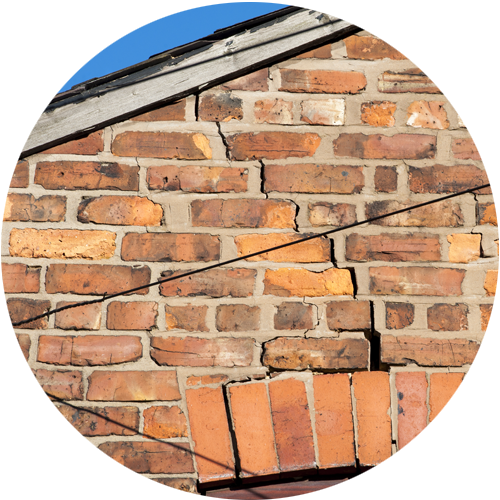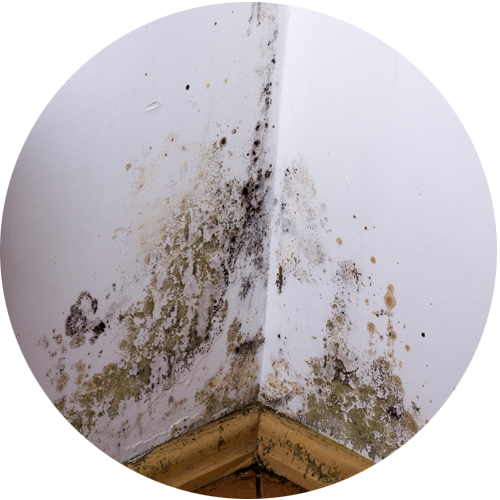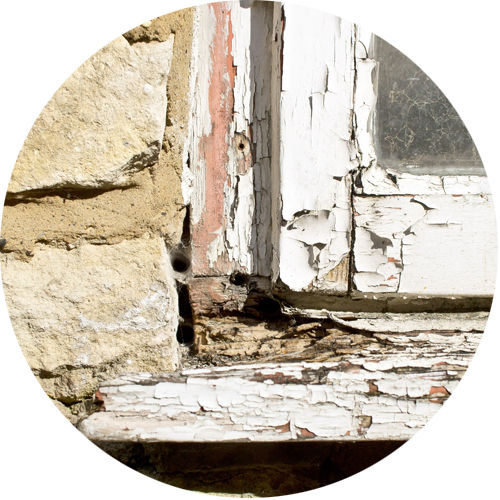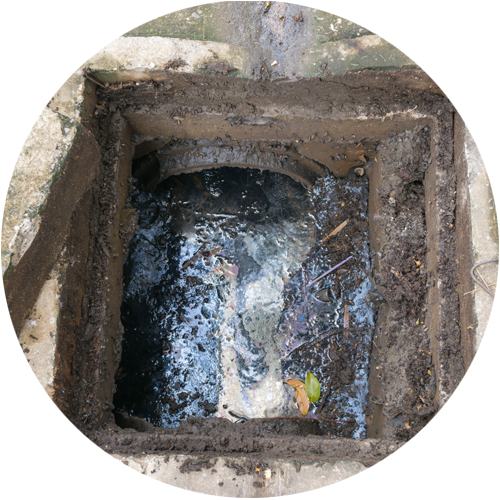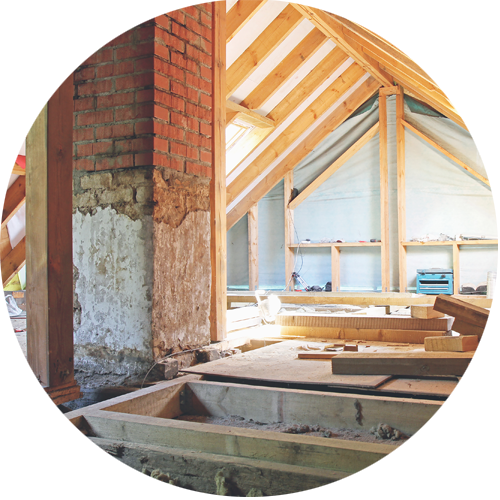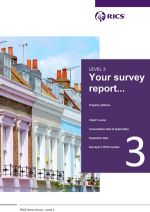"Competitively priced service, the agent I dealt with was very helpful. On the day of the survey itself I received a call from the surveyor to run through his initial findings. The quality of the report produced was excellent, very detailed and thorough. If needed I will be using SAM Conveyancing's services again in the future for sure."
Defects flagged in a Liverpool Home Buyers Survey

Types of property in Liverpool?
Liverpool's history means that there are a considerable variety of architectural styles found within the city, ranging from 16th century Tudor buildings to modern-day contemporary architecture. The majority of buildings in the city date from the late-18th century onwards, the period during which the city grew into one of the foremost powers in the British Empire. Any visitor to Liverpool is likely to spot the many Victorian red-brick buildings, particularly in many residential areas near the town centre.
Liverpool grew hugely from the 18th century and its first commercial wet dock was built in 1715. In 1830, Liverpool and Manchester became the first cities to have an intercity rail link.
Its rapid development continued throughout the 19th century and many of the properties in the immediate hinterland of the town centre, such as along Mountpleasant and Parliament Street were built in this period, some of them very large mansions although many have been converted into flats. Similarly large houses can be found along Princes Avenue and Smithdown Road.
Large numbers of council houses and private houses were built in the 1920s and 1930s, in areas like Allerton, Knowsley, Anfield and Everton.
The Blitz hit Liverpool hard and there was much redevelopment and housing reconstruction postwar. However much of this has subsequently been redesigned, particularly in the 21st century – there are many new buildings in areas like the Commercial District, the King's Dock, Mann Island, the Lime Street Gateway, the Baltic Triangle, the RopeWalks, and the Edge Lane Gateway.
New build developments include the large detached houses around Victoria Road, Formby and Golf Road, Freshfield and the apartments in Rumford Place and Picton Road (Wavertree).
Why Choose Sam Conveyancing for your Home Survey?
After 10 years of helping over 30,000 clients we've learned alot about surveys in Liverpool using our panel of over 100 Royal Institution of Chartered Surveyors (RICS). Your Liverpool surveyor will be local to your property so whether you're worried about subsidence, damp, infestations, extensions or even the just for peace of mind, we've got you covered.
Our HomeBuyers Survey costs are fixed and competitive as you'll see from all our Excellent reviews on Trustpilot. This means you don't have to break the bank to get a full health check on your new home. Get a Home Buyer Survey Quote today or if you're not sure which survey to choose and want to know the difference between a Level 2 Home Survey and a Level 3 Building Survey, then give us a call and we'll happily tell you what you need - 0333 344 3234 (local call charges apply).


Average Cost of Building Surveyor in Liverpool
The cost varies depending on the size and condition of the property, with the average cost of our HomeBuyers Survey starting at £375 EXC VAT. The average cost of a Building Survey is higher. Our fixed fees start at £499 EXC VAT.
To ensure accuracy, we utilise Rightmove or Zoopla to assess the property type, guaranteeing a fixed quote tailored to your needs. For guidance on choosing the right survey, contact our survey specialists at 0333 344 3234.
Frequently Asked Questions: Homebuyers Survey Liverpool
We take problems very seriously, and if you encounter an issue, we ensure your concerns are addressed promptly and professionally. The initial step involves submitting a formal, written complaint, outlining the problem and supplementing it with any supporting evidence, like photos.
Our Liverpool surveyor will send you their Formal Complaints Procedure outlining the expected response timeframes. They will work to rectify your complaint and might even propose revisiting the property in Manchester. After a comprehensive review, they will write back to you, hopefully resolving your complaint through the provision of further information.
If you remain unsatisfied, you can resort to a third-party dispute resolution service to which the surveyor is registered. This service becomes accessible only after you have formally complained to your surveyor.
The details of the dispute resolution service for RICS surveyors are as follows:
Centre for Effective Dispute Resolution
100 St. Paul's Churchyard, London, EC4M 8BU
CEDR.com
- London road, Liverpool, L3 8JN
- 19 Wellfield Road, Liverpool, L9 0AT
- 68 Vandyke St, Liverpool, L8 0RS
- 44 Langton Road, Liverpool, L15 2HT
- 175 Dunbabin Rd, Liverpool L16 7QQ
Local Building Survey Liverpool
Our Building Surveyors specialise in the local area and have completed house surveys in Huyton-With-Roby, Birkenhead, Bootle, Kirkby, Prescot, Wallasey and Bebington.
We work with specialist RICS Building Surveyors to undertake Home Buyers Surveys in Liverpool. Whether you are buying an old run down 'doer upper' or standard construction freehold house, our RICS surveyors have seen them all.
With a vast number of years of experience completing building surveys on properties in Liverpool we'll be able to give you the detailed Liverpool HomeBuyers report that you will need to know and what defects there are with your property.
*Survey prices vary depending on the type of survey, the size of the property and the property's location.
**Subject to availability. If your survey date is longer than 1 week then ask and we will try to fit you in sooner.
- online checklists
- videos
- free downloads
- useful tips
RICS Level 2 Home Survey with a Valuation
A RICS Level 2 Home Survey, which used to be called the HomeBuyer Report or a Home Buyer Survey, is generally suitable for:
- Bungalows
- Flats
- Standard construction houses
The majority of Liverpool's leasehold flats require only a RICS HomeBuyer Report but for any Victorian conversions, a Building Survey may well be required.
RICS Level 3 Building Survey
A Level 3 Home Survey, also known as a Building Survey or a full structural, is the most comprehensive visual inspection a RICS surveyor can provide on a property in Liverpool. It is suitable for:
- complex buildings, for example those that have been extensively extended and altered
- unique or older historic properties
- properties in poor condition; or
- those where the client is planning to carry out extensive repair and refurbishment work.
Speak to one of our team on 0333 344 3234 to find out if your property suits a RICS Building Survey, or read our article Which Home Buyers Survey suits your property .







